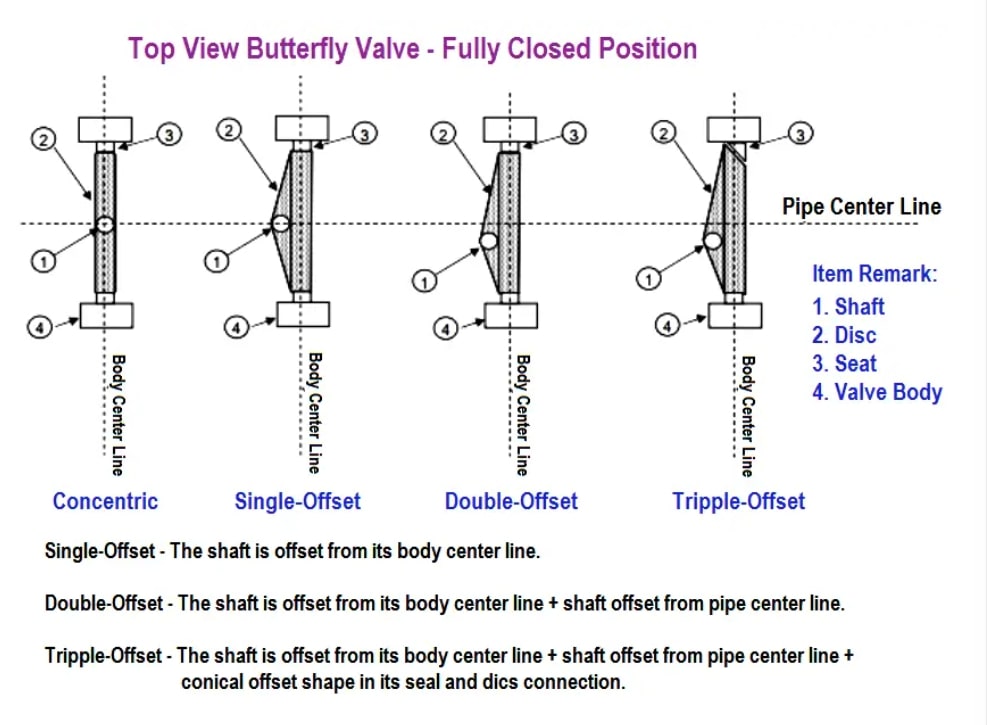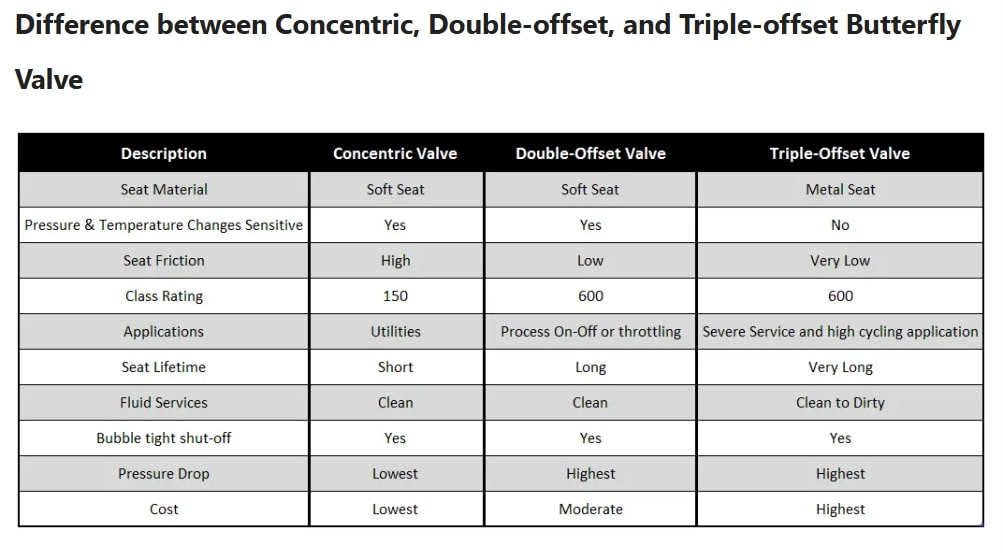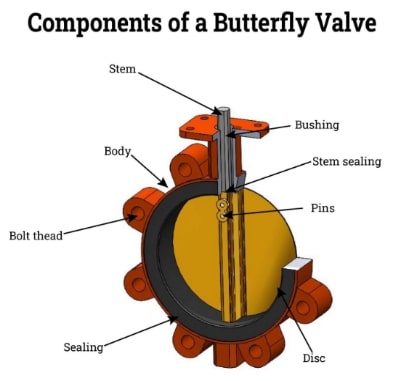Butterfly Valve
A butterfly valve is a type of quarter-turn rotary control mechanism used to regulate the flow of fluids in a pipeline system. Its operation is based on a rotating disc situated directly within the flow route. This disc is maneuverer by an external actuator, which is linked via a stem. When the disc aligns itself parallel with the flow, it fully obstructs fluid passage. Conversely, when it is set perpendicularly, the fluid can freely flow through. A 90-degree rotation of the disc is needed to open or seal the valve
In butterfly valve the controlling element is a disc called as blade, vane or flapper, which rotates in horizontal or vertical direction and allows the fluid to flow. Butterfly valve is suitable for throttling or on-off operation at low pressure drop. It is economic, easy to install and does not allow the solids to build up. Butterfly valve can be either screw type or of wafer type. Its operation can be manual, power, or automatic. Butterfly value can be used for vacuum operations or pressures up to 80 kg/cm2. It is available in size ranging from 50mm to as large as 900 mm. The blade or flapper of a Butterfly valve can be made from rubber, neoprene, chloro sulphonated polyethylene etc.
- the components of a butterfly valve:
The primary components of a butterfly valve include the following:
- different types of butterfly valves:
butter fly valves come in two main types: concentric and eccentric. The concentric butterfly valve is a standard or a general use butterfly valve. The shaft is located in the center of the disc. During opening or closing, there are some parts of the disc that always in-contact or rubbing the seat. Eccentric valves can be categorized based on the number of offsets in the stem, including single, double, or triple eccentric configurations.
Butterfly valves can be classified according to the number of offsets, which divide them into three classifications: zero offset(concentric), double offset, and triple offset butterfly valves.



-

Butterfly damper
اطلاعات بیشتر -

Rubber lined centric butterfly valves
اطلاعات بیشتر -

rubber lined butterfly valve
اطلاعات بیشتر -

Double eccentric high performance butterfly valve
اطلاعات بیشتر -

luge high performance butterfly valve
اطلاعات بیشتر -

butter fly valve
اطلاعات بیشتر -

triple eccentric high performance
اطلاعات بیشتر -

Butterfly damper
اطلاعات بیشتر -

flanged concentric butterfly valve
اطلاعات بیشتر -

luge high performance butterfly valve
اطلاعات بیشتر


